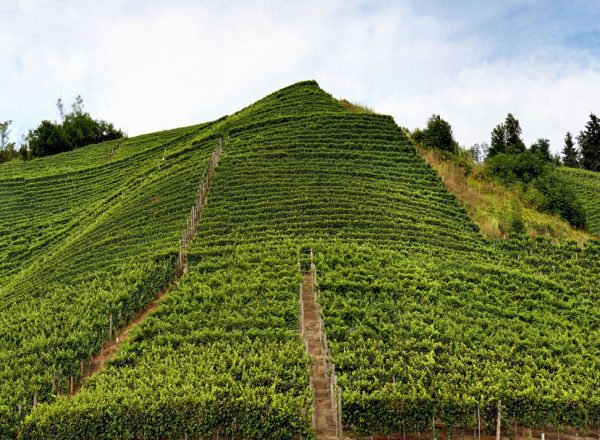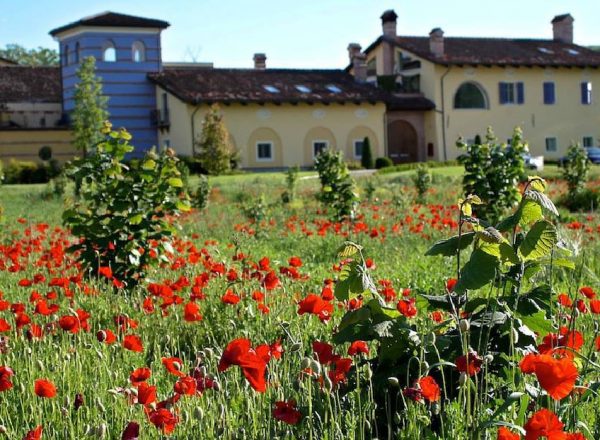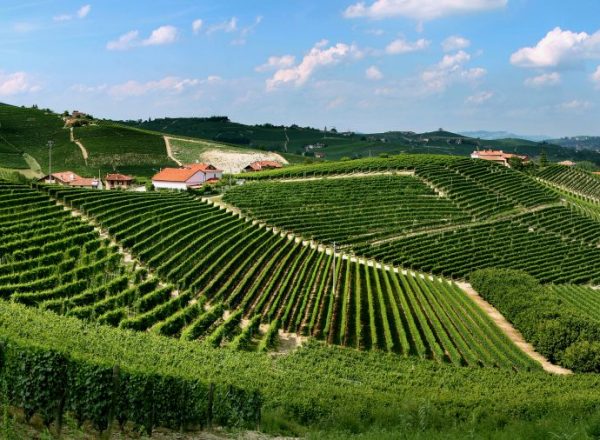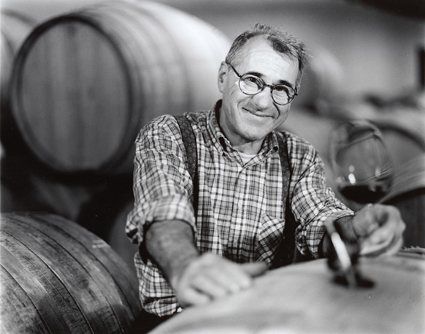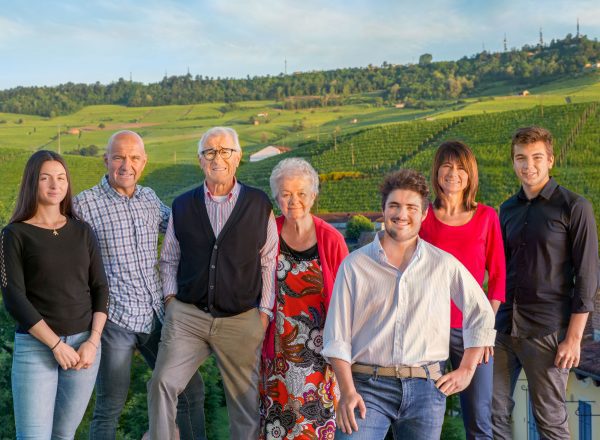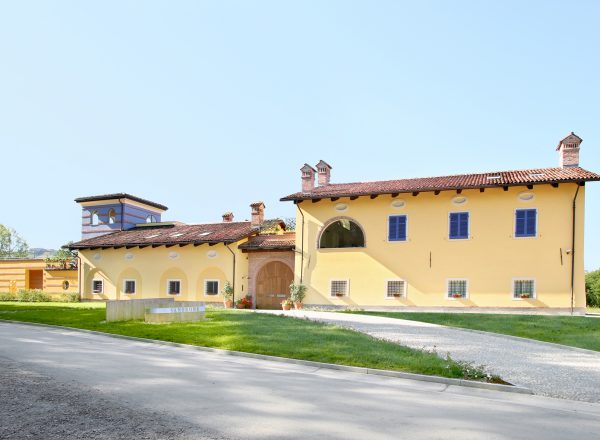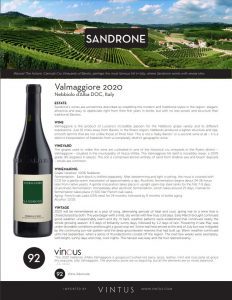
Sandrone
Valmaggiore 2020
Nebbiolo d'Alba
Valmaggiore is the product of Luciano’s incredible passion for the Nebbiolo grape variety and the desire to show just how its expression can vary depending on the soil in which it is cultivated. Just 15 miles away from Barolo, in the Roero region, Nebbiolo produces a lighter structure and ripe, smooth tannins that are not unlike those of Pinot Noir. The wine drinks well from about age 6 to 12 but will easily last longer in the best vintages. This is not a “baby Barolo” or a second wine at all – it is a distinct interpretation of a completely different geographic winemaking zone. The wine shows delicious floral elements and red fruits, wrapped around a medium-weight structure with a long, delicious finish and modulated, ripe tannins.
VINEYARD
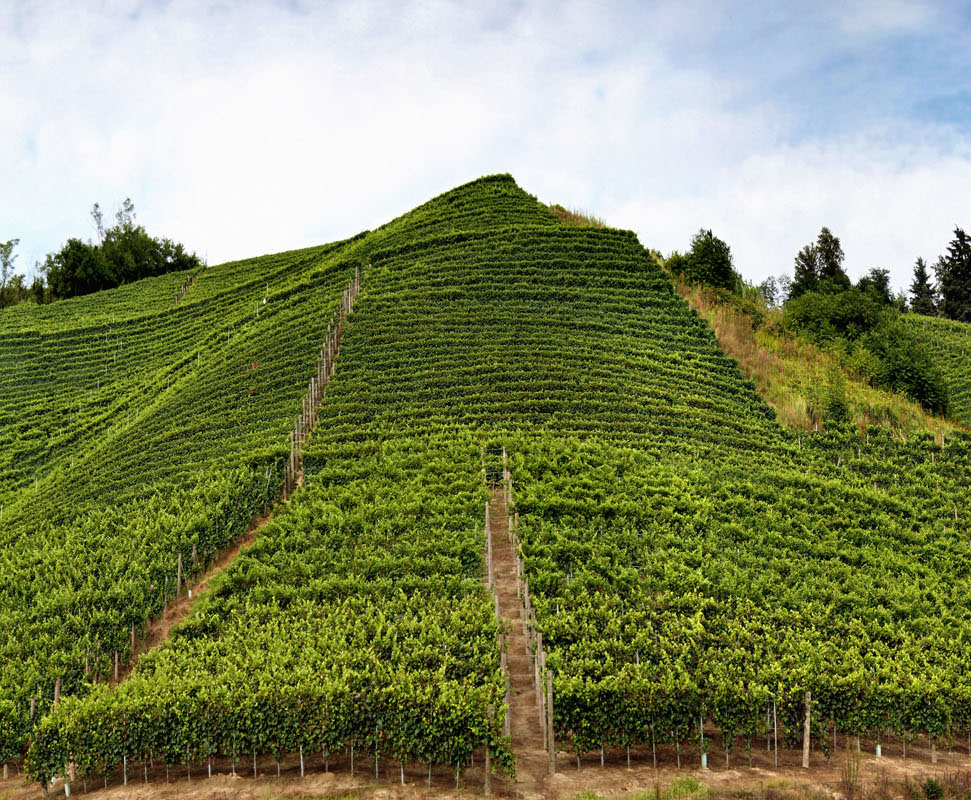
The grapes used to make this wine are cultivated in one of the historical cru vineyards in the Roero district – Valmaggiore – situated in the municipality of Vezza d’Alba. Valmaggiore is a project that took years to fully realize and is further evidence of the Sandrone winery’s complete commitment to the expression of great Nebbiolo-based wine. Sandrone’s Valmaggiore is a distinct site of exceptional terroir that was assembled over 8 years from almost 40 different previous owners. Luciano believed so passionately in the qualitative potential of this site that he was willing to wait years for parcels of this hill to become available. The last holdout sold in 1994, and at the end of that year the vineyard renovation and drainage projects (which had started years before) were completed. Now completely replanted and organized for maximum potential quality of fruit, the resulting wines show the unique terroir characteristics of one of the best Roero sites.
Roero is a different world from Barolo: it is a wilder and less developed place when compared to the orderly rows of vines that blanket the Barolo region. Deep forests hug the northern sides of the steep hills, and game runs wild, including foxes, boar and rabbit. The flat narrow valley floors are planted to fruits and vegetables. Typically the Valmaggiore is 3-9 degrees warmer than in Barolo, and spring arrives a week or two earlier.
The Valmaggiore hill itself is incredibly steep: a 100% grade (45 degrees) in places. The soil is comprised almost entirely of sand from shallow sea and beach deposits – fossils are common. There’s almost no organic matter in the soil and the vines have to grow deep down for nutrients. As the sandy site is so well drained, in dry years the vines may suffer.
The steepness of the site prohibits any mechanical work – everything must be done by hand. The single-lane road that winds up through the vineyard allows access for a tractor to the top, but work in the rows on the plants is entirely done by hand. At harvest, a specially designed “sled” which holds 10 picking crates at a time is winched up in the aisles between sections of the vineyard to haul up the just-picked grapes.
Plants are closely spaced for competition and to help hold the hillside up. A walk through the vineyard is an incredible experience. Because it is so steep, you can often see over the plants in the row below you, affording magnificent views of the vines and, on clear days, of the snowcapped Alps. The Sandrone Valmaggiore vineyard is a magical, special place and the wines that are made from these vines show all the uniqueness of the incredible terroir.
WINEMAKING
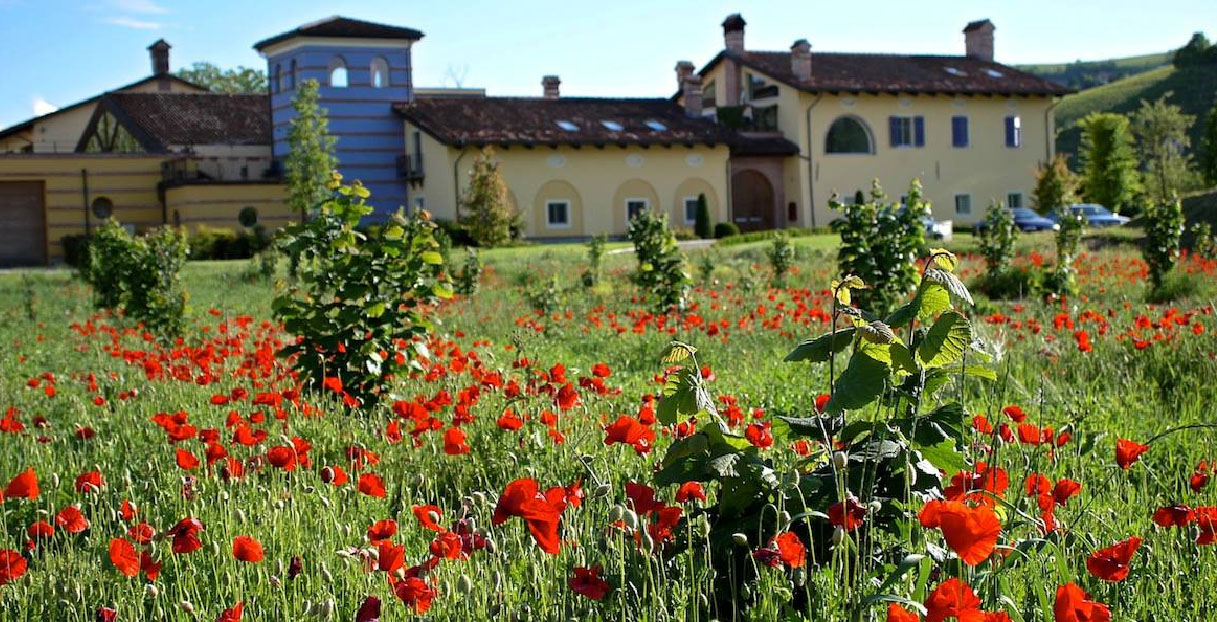
Each block is vinified separately. After destemming and light crushing, the must is covered with CO2 for a gentle warm maceration of approximately a day. Alcoholic fermentation begins about 24-36 hours later from native yeasts. A gentle maceration takes place in upright open-top steel tanks for the first 7-9 days of alcoholic fermentation. Immediately after alcoholic fermentation, which takes around 25 days, malolactic fermentation takes place in 500 liter French oak casks. The wine is aged in these casks for 12 months, followed by 9 months bottle aging. Around 1,400 cases are produced in a typical vintage.
VINTAGE
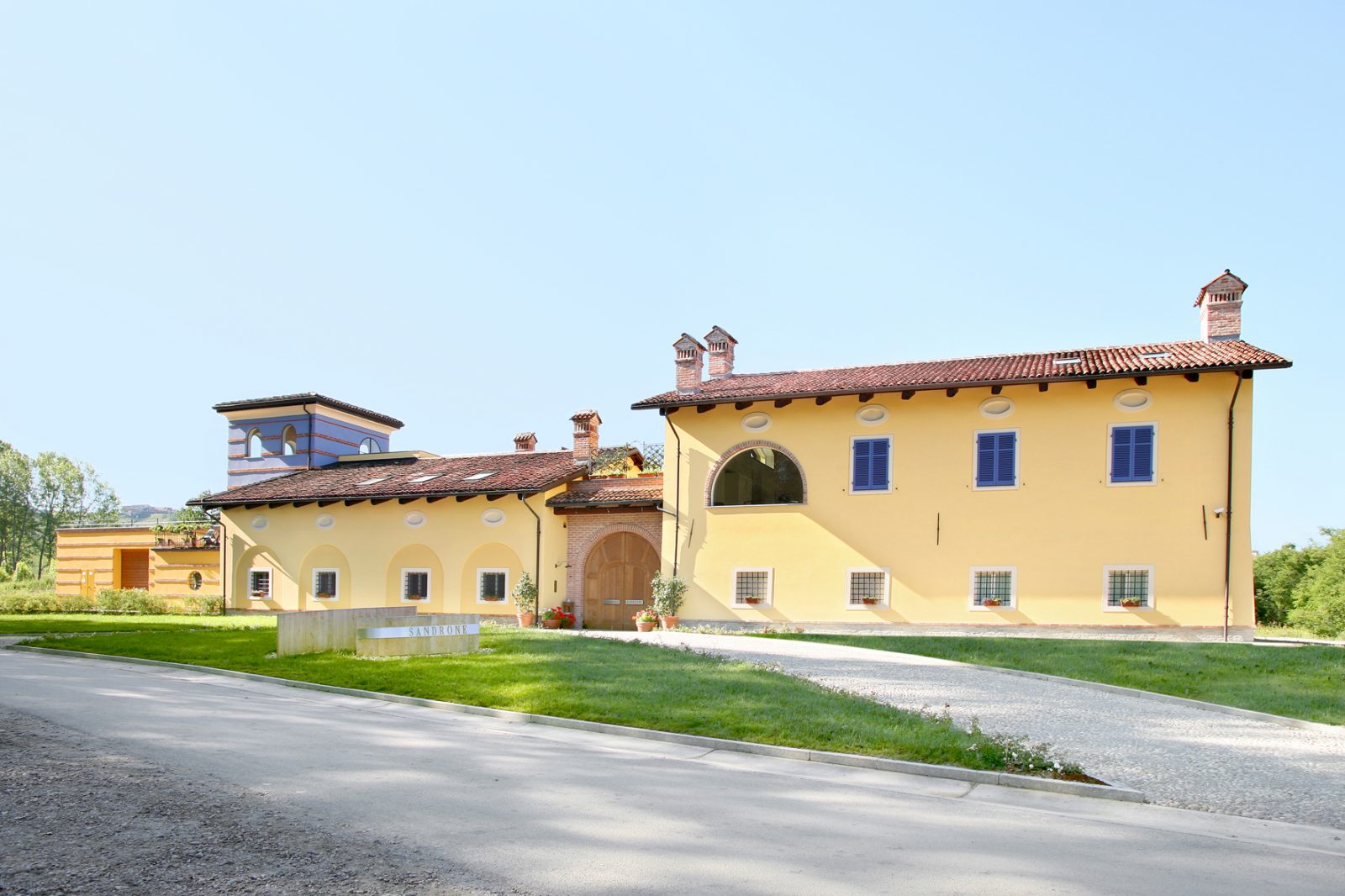
2020 will be remembered as a year of long, alternating periods of heat and cool, giving rise to a wine that is characterized by both.
The year began with a mild, dry winter with few truly cold days. While January was mostly sunny some snow and rain finally arrived in mid-February. The end of February saw a rise in temperatures indicative of a precocious spring.
Early March brought continued good weather, unseasonably warm and dry, and we rushed to finish the winter work. By mid-March, the weather had cooled considerably, and the rate of vegetative growth slowed significantly.
In April, weather patterns were established that continued nearly the whole growing season: 4-5 days of brilliantly sunny days, followed by 1-2 days of rain. This gave plenty of water to the plants but complicated the treatments schedule. The extra humidity brought on serious infections of Peronospora in the region. Luca’s long experience allowed us to keep ahead of the disease and we saw no significant damage in 2020. Flowering in late May was under favorable conditions and brought a good crop set.
Some real heat arrived at the end of July but was mitigated by the continuing sun-rain pattern and the deep groundwater reserves that had built up. Warm weather continued until mid-September, when a series of thunderstorms cooled off the region. The next few weeks were exemplary, with bright, sunny days and crisp, cool nights. The harvest was easy and the fruit ripened evenly.
The harvest took place from September 23rd until 28th.
TASTING NOTE
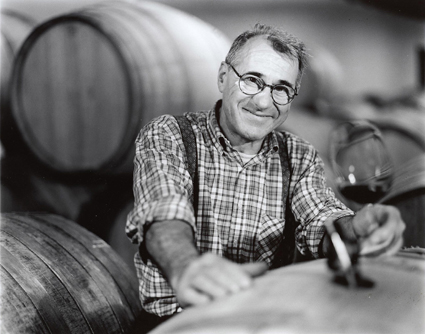
The calling card of Valmaggiore is the haunting Nebbiolo aromas, and this vintage is a textbook example of the Roero’s potential. Aromas and flavors of sour dark cherries, wild strawberries, pomegranate seeds and currant waft from the glass, with impeccable balance and harmony on the palate.
This wine is delicate, mid-bodied and elegant, with great harmony between the fruit, mineral and acid components. The finish has ripe tannins and excellent length.
This is a generous, open and sweet expression of the Valmaggiore. The finish is balanced and ripe, ending with a distinct mineral note.
Color
Red
Appellation
Nebbiolo d'Alba
Farming
Follows organic farming but has chosen not to seek certification. Minimal quantities of Bordeaux mixture and sulfur (as allowed per organic practices) are used to control mold and fungus, and fertilization every 4-6 years occurs with composted manure from dairy cows.
Alcohol
13.5%
Suggested Retail Price
$55.00
Reviews
"Crushed red berry"

Vinous - December 8, 2022 "The 2020 Nebbiolo d'Alba Valmaggiore is gorgeous. Crushed red berry, spice, leather, mint and rose petal all grace this exquisite, silky Valmaggiore. The aromatics alone are so beguiling, but all the elements are so nicely balanced." -A.G 11/22
Trade Materials
Other Wines by this Producer

Dolcetto d’Alba
Dolcetto d'Alba
Sandrone's Dolcetto d’Alba is produced using Dolcetto grapes from 11 different vineyards, all within the Barolo DOCG. Sandrone’s Dolcetto sees no time in wood and is a remarkably robust and complex example of the variety.

Le Vigne Barolo
Barolo
Le Vigne is a wine created from four different Nebbiolo vineyards, each of which brings its own contribution. This union generates an exceptionally complex wine that is round and harmonious on the palate, with fruity and spicy notes, and this approach of blending together plots is in fact the traditional one in Barolo.
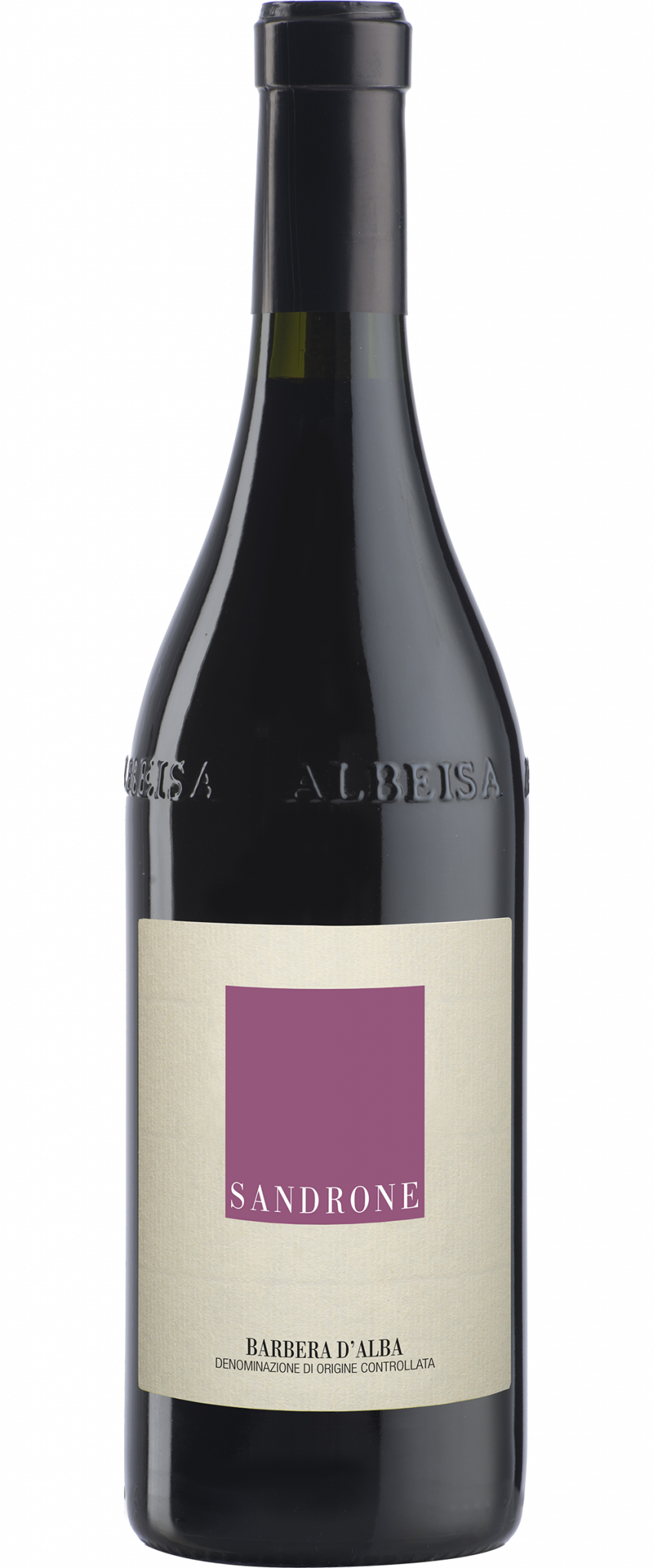
Barbera d’Alba
Barbera d'Alba
The Sandrone Barbera d'Alba comes from three vineyards: Merli and Rocche di San Nicola in Novello, and Cascina Pe Mol in Monforte d’Alba. It is widely considered one of the most intense and complex Barberas produced.
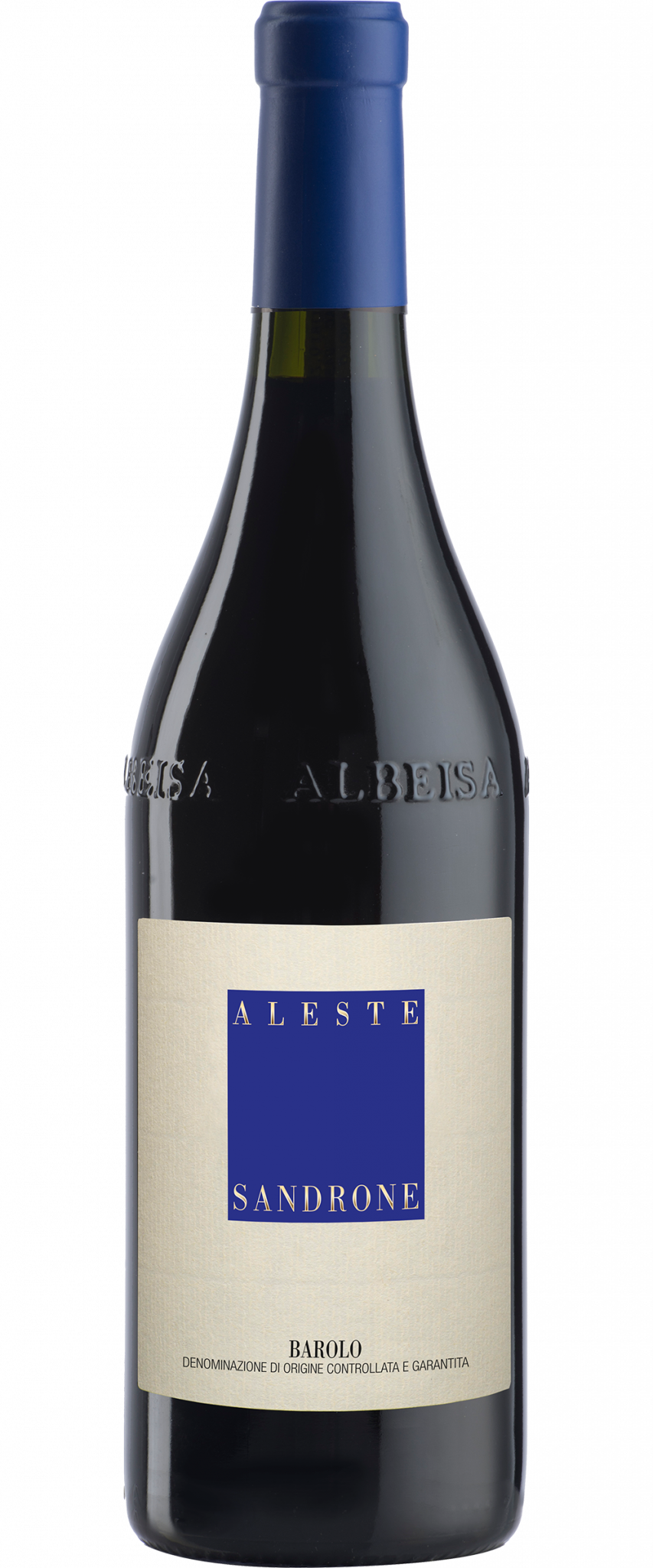
ALESTE Barolo
Barolo
A combination of the names of Luciano Sandrone's grandchildren ALEssia and STEfano, ALESTE is the new name for Luciano's first wine, the Barolo Cannubi Boschis, which garnered early acclaim with the international trade and press. This single-vineyard wine is typically dense and concentrated, but shows incredible harmony and balance.
